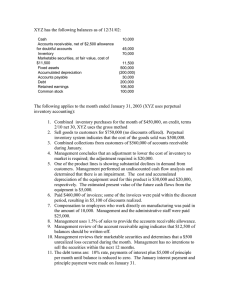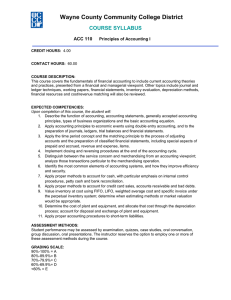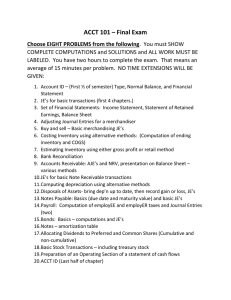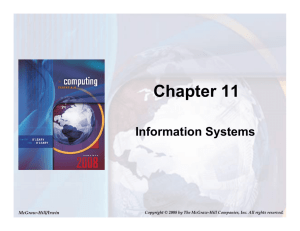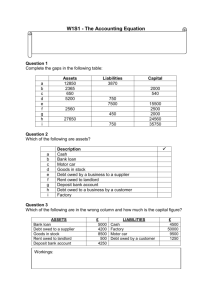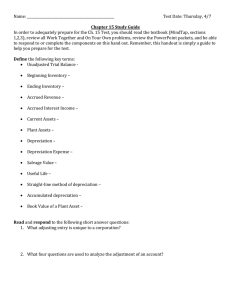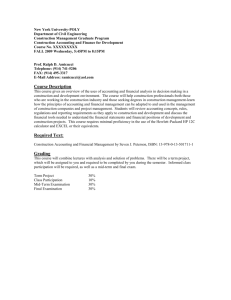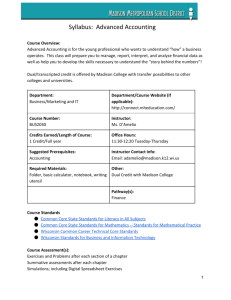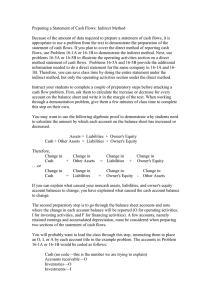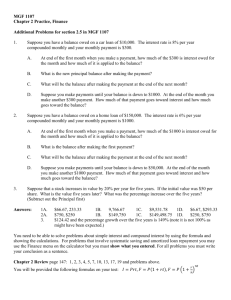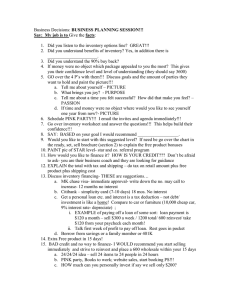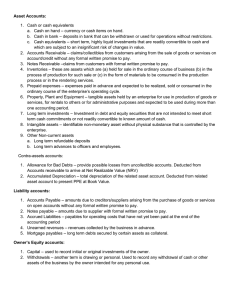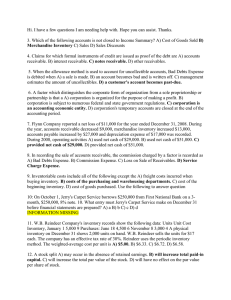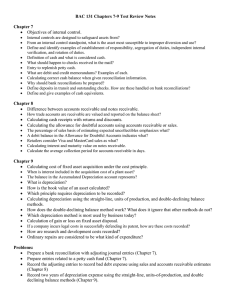Accounting for Receivables and Inventory Cost Flow Long Term
advertisement
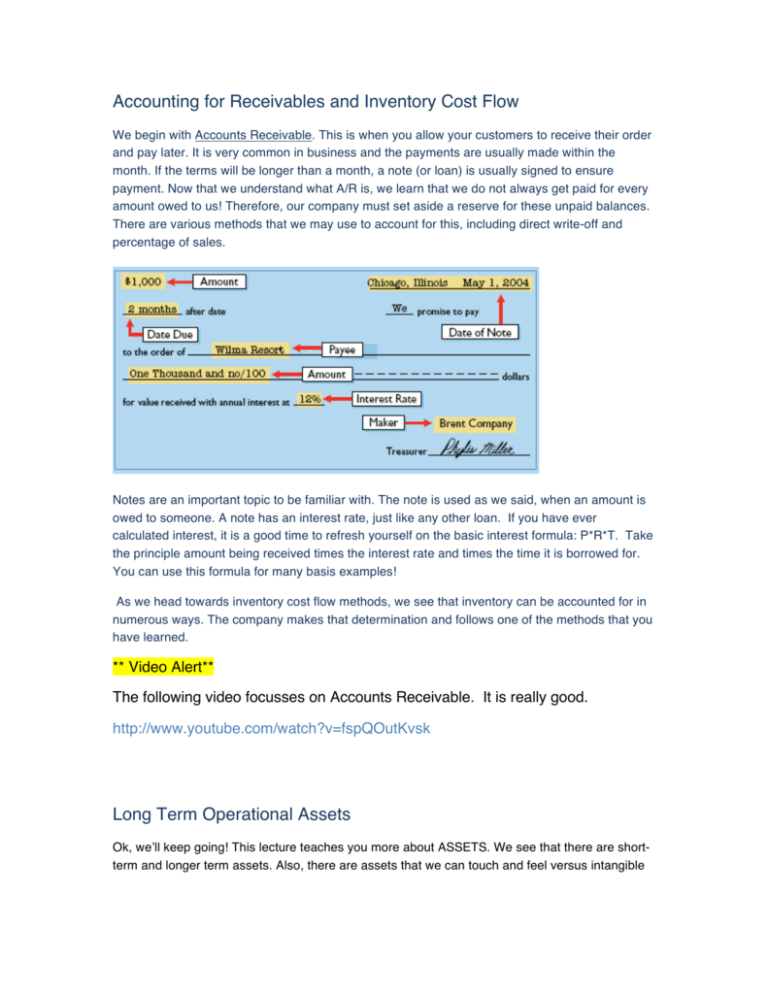
Accounting for Receivables and Inventory Cost Flow We begin with Accounts Receivable. This is when you allow your customers to receive their order and pay later. It is very common in business and the payments are usually made within the month. If the terms will be longer than a month, a note (or loan) is usually signed to ensure payment. Now that we understand what A/R is, we learn that we do not always get paid for every amount owed to us! Therefore, our company must set aside a reserve for these unpaid balances. There are various methods that we may use to account for this, including direct write-off and percentage of sales. Notes are an important topic to be familiar with. The note is used as we said, when an amount is owed to someone. A note has an interest rate, just like any other loan. If you have ever calculated interest, it is a good time to refresh yourself on the basic interest formula: P*R*T. Take the principle amount being received times the interest rate and times the time it is borrowed for. You can use this formula for many basis examples! As we head towards inventory cost flow methods, we see that inventory can be accounted for in numerous ways. The company makes that determination and follows one of the methods that you have learned. ** Video Alert** The following video focusses on Accounts Receivable. It is really good. http://www.youtube.com/watch?v=fspQOutKvsk Long Term Operational Assets Ok, we’ll keep going! This lecture teaches you more about ASSETS. We see that there are shortterm and longer term assets. Also, there are assets that we can touch and feel versus intangible ones. We account for our assets using the Historical Cost Method. Pay special attention to DEPRECIATION. There are a number of ways that we can depreciate (or write down) our assets. These include: straight line, double declining balance and units of production. Each method has a different effect on taxes owed and the bottom line profit for the period. We choose the method for various reasons. Some companies use straight line because it is easy to follow and record. Others use more complex methods to save on taxes, by taking MORE depreciation up-front so that they get a deduction for that. In any method that you use, just remember that you are writing down the asset to its salvage value. **Web Site Alert!** http://www.accountingcoach.com/online-accounting-course/11Xpg01.html The above site has great information on depreciation. Enjoy your week! Debra Touhey, MSA, CFE Reference Edmonds, T. O., & Tsay, B. (2012). Survey of Accounting (3rd edition ed.). New York: McGrawHill Irwin.

